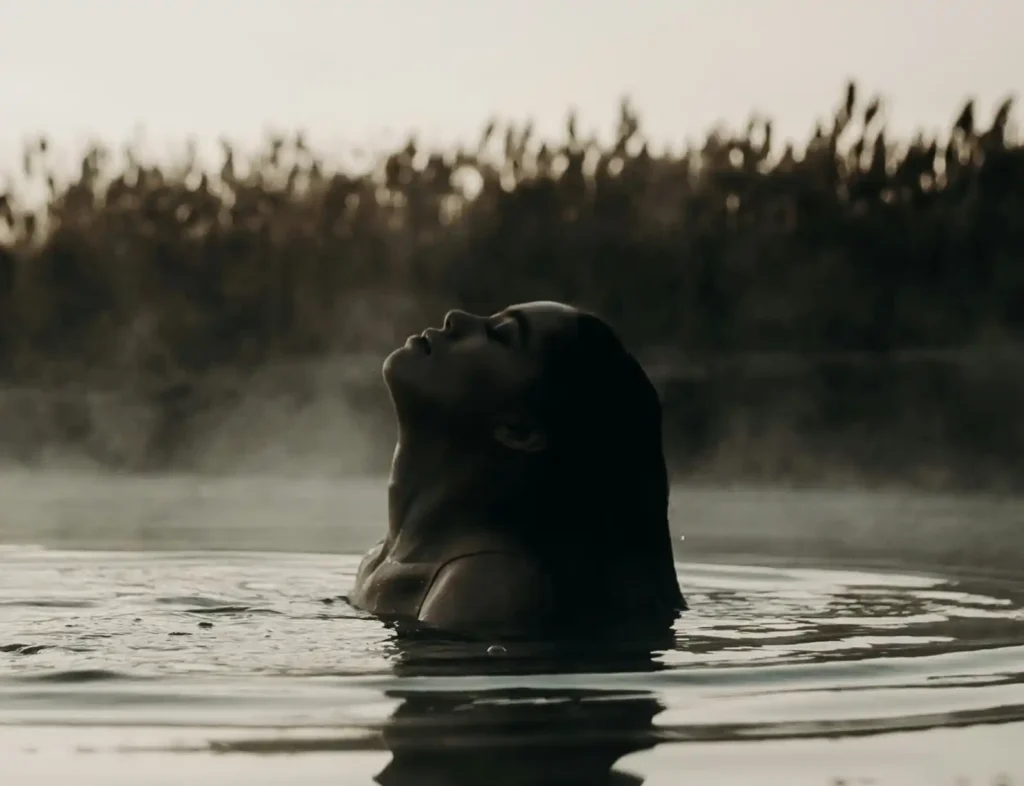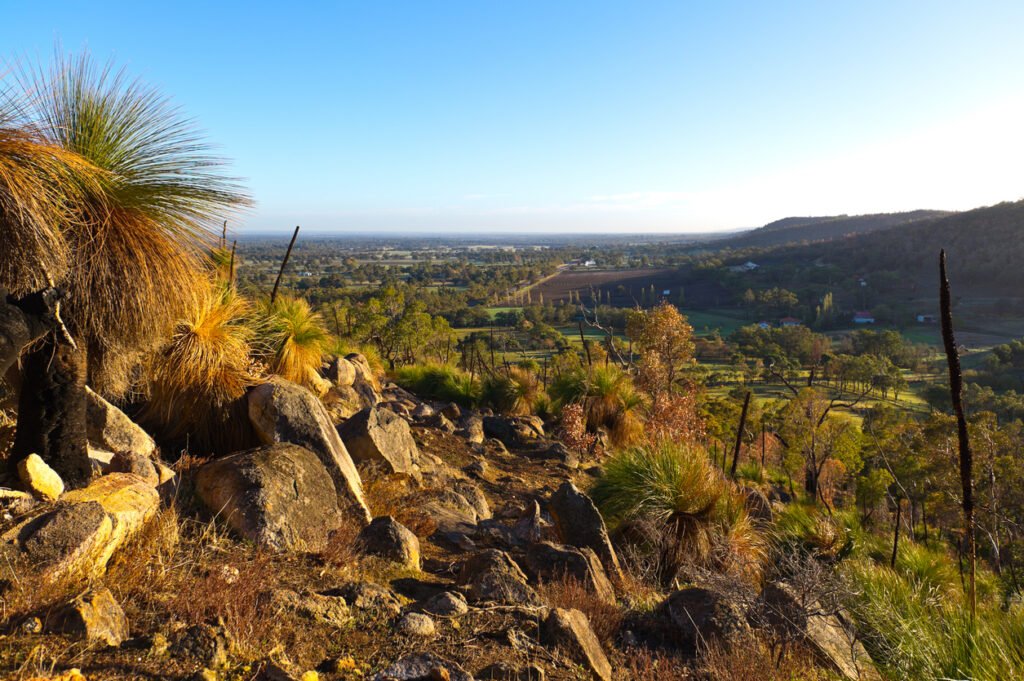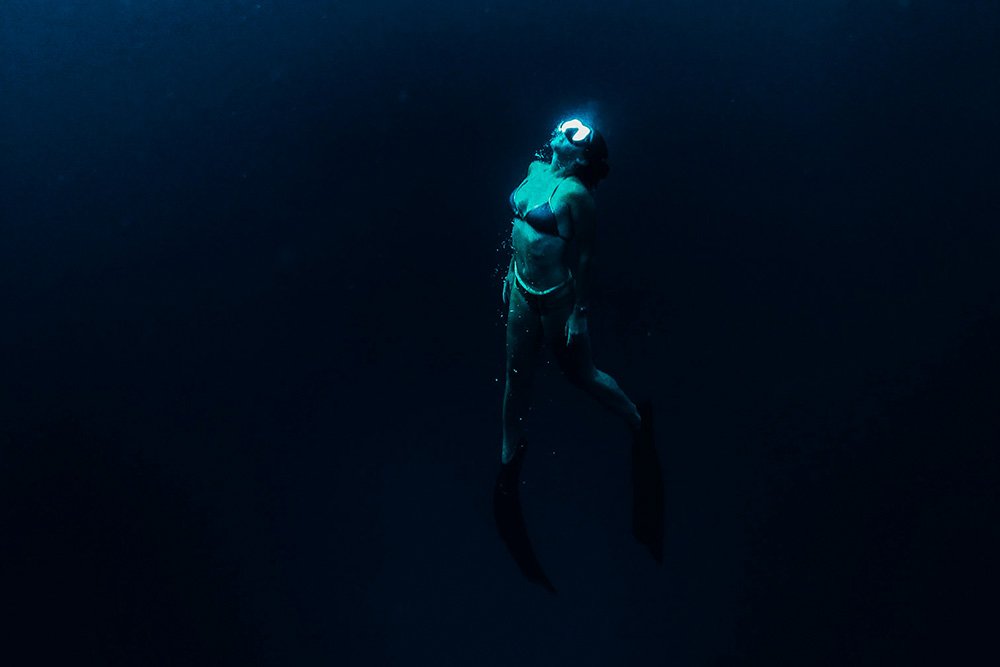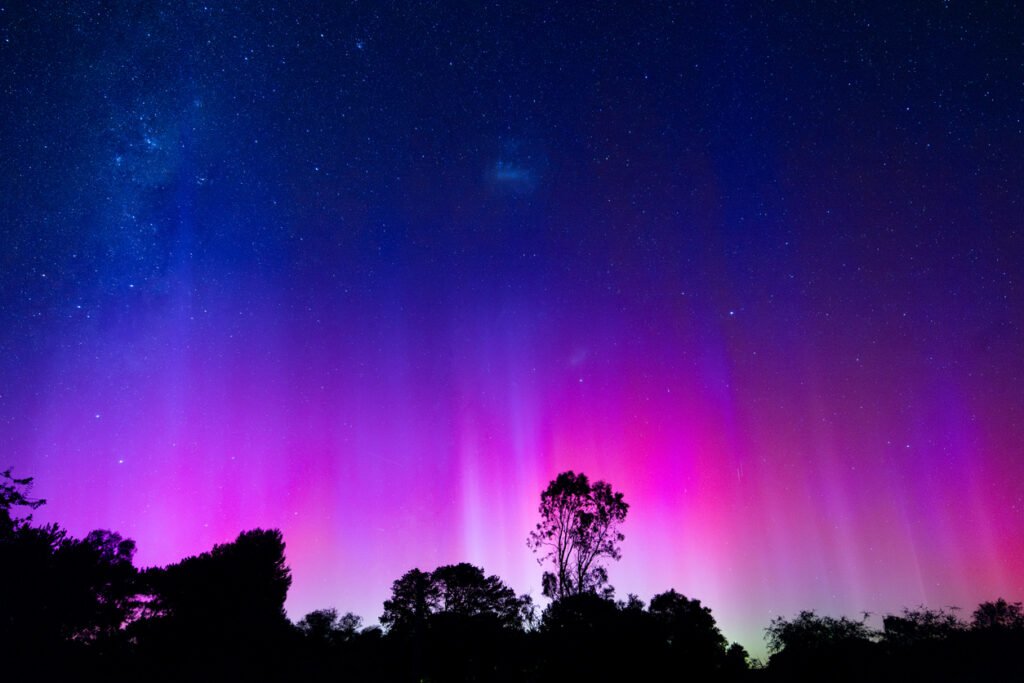Western Australia is celebrated for its huge outback, ancient gorges and stunning coastlines—but natural hot springs? Not so much. Unlike our geothermal-rich eastern neighbours, WA doesn’t boast a huge number of thermal soaking spots. But the ones it does have are truly special—off-the-beaten-track gems that combine natural beauty with soothing, mineral-rich waters.
Let’s jump into the few known natural hot springs in WA, find out how they work and why they’re relatively rare in this part of the country.
Does Western Australia have hot springs?
Yes, WA does have hot springs but the list of them is very short. Zebedee Springs in El Questro Wilderness Park, Monkey Mia Hot Springs and artesian bore baths at Wooramel Station south of Carnarvon are the only hot springs WA explorers will find.
The scarcity of natural hot springs in WA comes down to geology. Most hot springs form in areas with recent volcanic activity or significant tectonic movement—where the Earth’s crust is thin and geothermal energy is closer to the surface.
WA, by contrast, sits on one of the oldest and most stable pieces of continental crust on Earth: the Yilgarn Craton. This ancient landmass hasn’t experienced volcanic activity for hundreds of millions of years. Without the natural heating systems found in younger, more active regions like New Zealand or Victoria’s volcanic plains, fewer hot springs form.
That said, some thermal water does still make its way to the surface—usually from deep artesian aquifers where groundwater is slowly warmed over time by the Earth’s natural geothermal gradient.
What are hot springs?
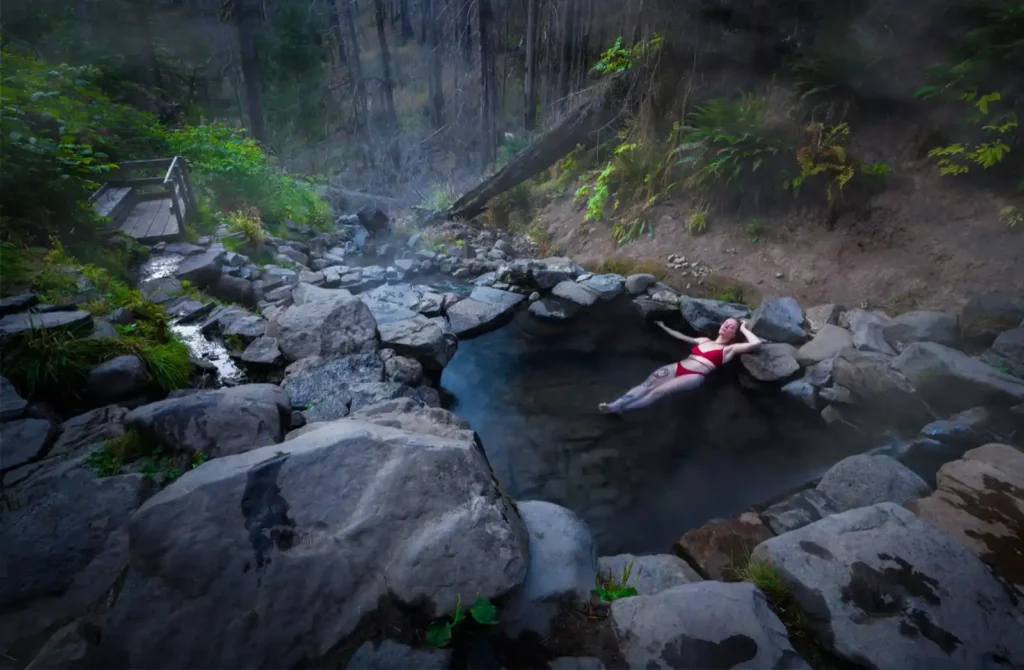
Hot springs (or thermal springs) occur when groundwater is heated underground and rises to the surface. The water may be warmed by geothermal heat from deep within the Earth, or by contact with hot rock near tectonic faults or volcanic zones.
As the water moves through underground layers, it absorbs minerals such as calcium, magnesium and sulphur. That’s why many hot springs are considered to have therapeutic or soothing properties. In WA, the springs tend to be less intensely hot than those found in more volcanically active parts of the world, but still warm enough for a relaxing soak.
Natural hot springs in Western Australia
While few in number, Western Australia’s hot springs are well worth visiting if you enjoy natural thermal bathing. Here are the three most recognised:
Zebedee Springs (El Questro Wilderness Park)
Set in the spectacular Kimberley region, Zebedee Springs is a series of palm-fringed thermal pools nestled at the base of red cliffs. The water flows from a natural underground spring and stays comfortably warm year-round, making it a favourite post-hike reward for visitors to El Questro.
Note that access is limited to morning hours to protect the fragile ecosystem, and the pools are only open during the dry season (April to October).
Location: El Questro, near Kununurra
Water temperature: Warm, around 28–32°C
Access: Walk-in only, short 1.5 km return track
Monkey Mia Hot Springs
Best known for its dolphin encounters, Monkey Mia also offers access to a lesser-known thermal spring. Situated near the Monkey Mia Dolphin Resort, this spring draws from the North West Aquifer and provides warm, mineral-rich water suitable for a relaxing soak.
Though not as natural or remote as others on this list, it’s a unique combination of beachside tourism and thermal bathing.
Location: Monkey Mia, Shark Bay
Water temperature: 36–40°C
Access: Within resort grounds
Wooramel River Retreat (Birdrong Aquifer)
Tucked along the Coral Coast, Wooramel River Retreat offers visitors a chance to soak in artesian bore baths, naturally warmed to around 33°C. The water rises from a depth of 240 metres and flows freely into open-air pools near the banks of the seasonal Wooramel River.
The retreat is part of a working station offering camping, glamping and eco-experiences in the outback, making it an ideal stopover on a road trip north.
Location: 120 km south of Carnarvon
Water temperature: ~33°C
Access: Available to campers and guests
Learn more about Wooramel River Retreat here
How do hot springs work?
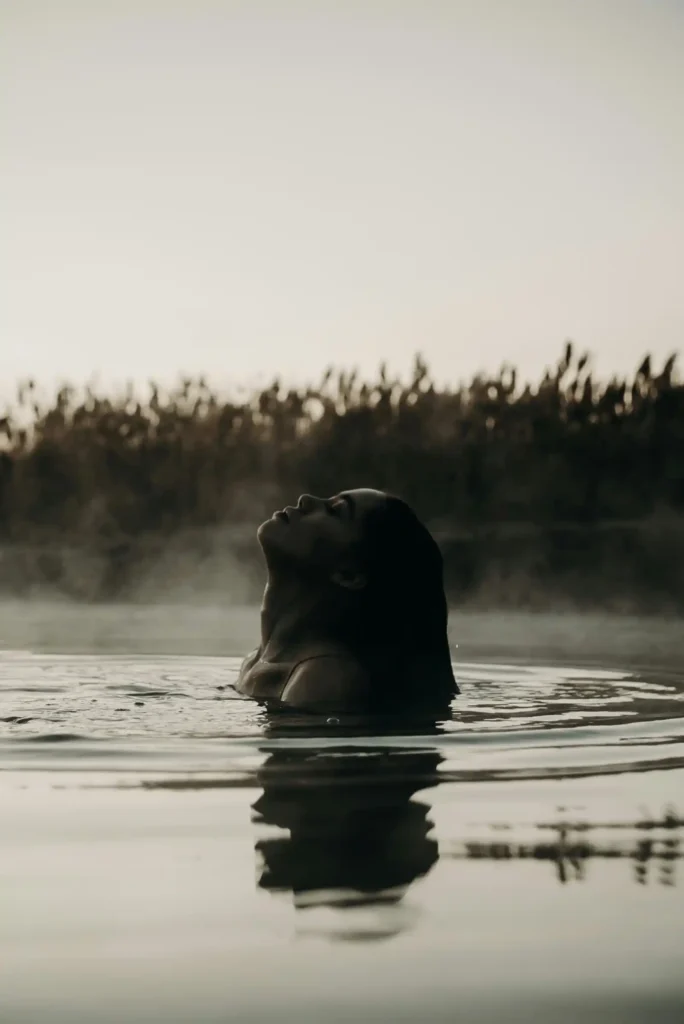
Hot springs form when groundwater seeps deep into the Earth, where it is heated by geothermal energy. This warm water then finds its way back to the surface through natural faults or porous rock layers. The deeper the water travels, the hotter it tends to become.
In tectonically stable regions like WA, this process is slower and less intense. Rather than volcanic heat, WA’s hot springs are mostly fed by ancient artesian basins—layers of underground rock that trap and gradually heat water under pressure. The Birdrong Aquifer, for example, spans large sections of WA’s midwest and is the source of thermal water at Wooramel.
Visiting hot springs responsibly
Natural springs are delicate environments. If you’re lucky enough to visit one in WA:
- Stick to paths and don’t trample vegetation
- Avoid using soaps or shampoos in the water, even biodegradable ones
- Respect signage and access hours, especially in conservation areas
- Take rubbish with you, even if it isn’t yours
WA hot springs: Rare but a worthy trip
Natural hot springs may not be what first comes to mind when you think of Western Australia—but they’re out there, quietly bubbling away beneath our ancient landscapes. From the lush tropics of the Kimberley to the red-dirt charm of the Coral Coast, these warm-water escapes offer a rare and tranquil connection to the Earth’s inner heat.
Whether you’re chasing relaxation or just something different on your next road trip, soaking in one of WA’s thermal springs is an experience worth seeking out.
